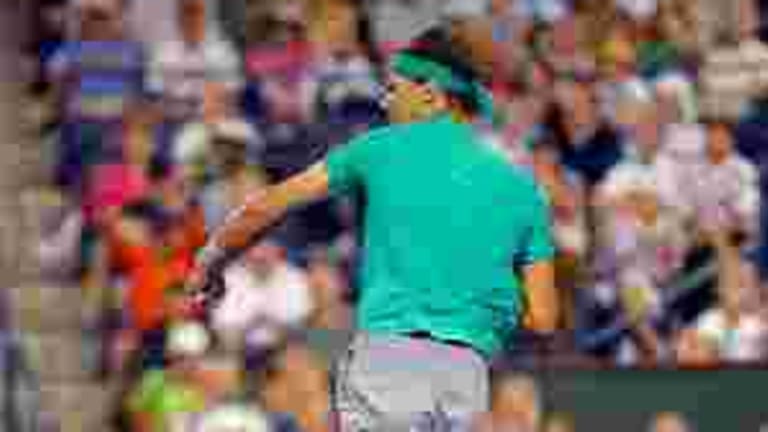In my last conversation with Ion Tiriac, the man behind the blue clay at last year’s Madrid Open, he characteristically cut right to the chase while we were talking about the future of his tournament and said, “Where is it written that there can be only four Grand Slam tournaments?”
For some reason, the remark stayed with me, less because I think there ought to be more tournaments officially recognized as “majors” than because the rhetorical question is a good one—it really illustrates how our flotilla of four Grand Slams evolved more or less by accident, yet ended evolution.
As fond as I am of the majors, I can’t think of anything game-related that calls for those four tournaments to be the “crown jewels” of tennis—other than tradition. It’s not like, say, the Super Bowl, or the World Cup, a pair of events that are supreme in a truly relevant way: They determine an indisputable champion in their respective sports. That can’t be said of any of the majors.
Also, the four majors no longer reflect the geopolitical realities of tennis to nearly the same degree they once did. They just happened to be the tournaments that were in the right place at the right time—and with the right leadership—as the game evolved. You tell me why Paris, and not Rome, Madrid, or Frankfurt, ended up hosting the clay-court major.
We understand these subtexts, which is why the subject of a “fifth major” comes up from time to time. Butch Buchholz, the mastermind behind the Miami Masters, hoped to turn his event into that elusive “fifth major.” He subsequently had to tamp down his enthusiasm and settle for “the Grand Slam of Latin America.”
Tiriac would like for Madrid to become that coveted fifth major. And the ATP has tried to shape its year-end World Tour Finals into the equivalent of a Grand Slam event, while standing apart from the majors for a variety of reasons—including tennis politics.
These efforts were not exclusively commercial or self-interested. People want to build new things. They want to earn accolades as pioneers and game-changers. They want to leave a legacy. In a basic way, the most successful people in tennis also hope to move the game forward. It’s fair to ask: Why should we be stuck with the same four Grand Slams when so many other major sports have continued to evolve, and find new audiences and approaches to how they do new business?

